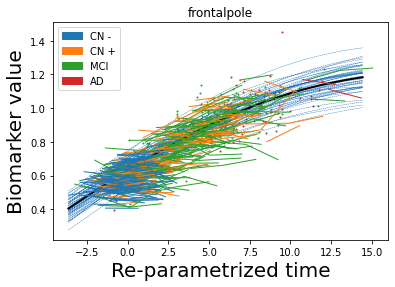


Heatmap ( z = z, colorscale = colorscale, showscale = False ) fig = tools. Heatmap ( z = st_helens, colorscale = colorscale, y0 =- 5, x0 =- 5 ) dx = dy = 0.05 y, x = np. Heatmap ( z = hist2d, colorscale = colorscale, showscale = False ) st_helens = np. join ( example_dir, "hist2d.txt" )) trace1 = go. dirname ( '_file_' ), "examples" ) hist2d = np. Import otly as py import numpy as np import os import aph_objs as go from plotly import tools def heatmap_plot ( colorscale, title ): example_dir = os. append (, C, C ))]) return pl_colorscale magma = matplotlib_to_plotly ( magma_cmap, 255 ) viridis = matplotlib_to_plotly ( viridis_cmap, 255 ) parula = matplotlib_to_plotly ( parula_cmap, 255 ) array ( cmap ( k * h )) * 255 ) pl_colorscale. append ( k ) def matplotlib_to_plotly ( cmap, pl_entries ): h = 1.0 / ( pl_entries - 1 ) pl_colorscale = for k in range ( pl_entries ): C = map ( np.

to_rgb ( parula_cmap ( norm ( i ))) parula_rgb. append ( k ) for i in range ( 0, 255 ): k = matplotlib. to_rgb ( viridis_cmap ( norm ( i ))) viridis_rgb. to_rgb ( magma_cmap ( norm ( i ))) magma_rgb. Normalize ( vmin = 0, vmax = 255 ) for i in range ( 0, 255 ): k = matplotlib. parula_map viridis_rgb = magma_rgb = parula_rgb = norm = matplotlib. get_cmap ( 'viridis' ) parula_cmap = par. get_cmap ( 'magma' ) viridis_cmap = matplotlib.
#COLORCONVERTER MATPLOTLIB HOW TO#
Import parula as par import matplotlib from matplotlib import cm import numpy as np magma_cmap = matplotlib. Well organized and easy to understand Web building tutorials with lots of examples of how to use HTML, CSS, JavaScript, SQL, Python, PHP, Bootstrap, Java.


 0 kommentar(er)
0 kommentar(er)
